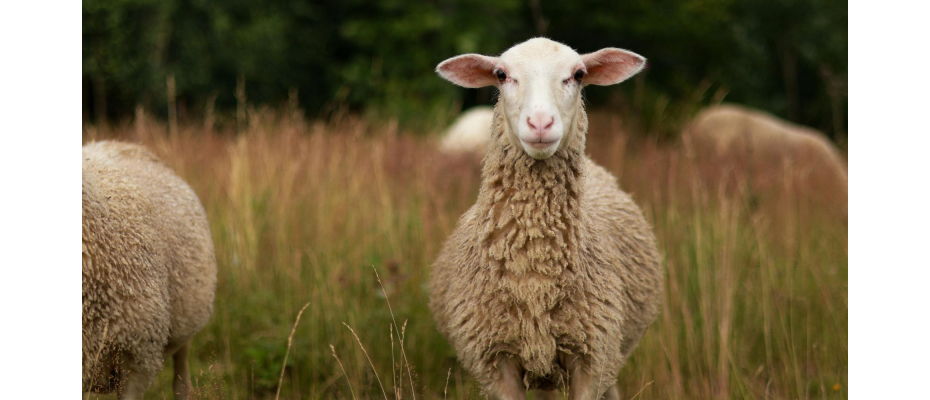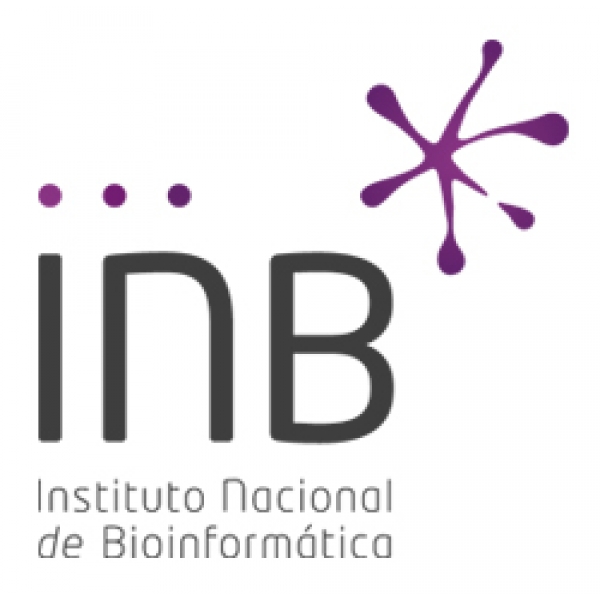A new international study published in PLOS Pathogens, with the collaboration of CNAG, has uncovered the genetic mechanisms that allow Psoroptes ovis, a parasitic mite that infests cattle and sheep, to resist treatments commonly used to control infections. These mites cause psoroptic mange, a painful skin disease that leads to intense itching, hair loss and open wounds, seriously affecting animal welfare and the sustainability of livestock farming. The research, led by the Centre for Epidemiology and Planetary Health at Scotland’s Rural College (United Kingdom), the Laboratory of Parasitology at Ghent University (Belgium) and the Moredun Research Institute (United Kingdom), investigated why certain mite populations have developed resistance to macrocyclic lactones, a key family of antiparasitic drugs used worldwide.
Using cutting-edge sequencing technologies, researchers at CNAG contributed to the genome sequencing, assembly and annotation of Psoroptes ovis, helping to create one of the most complete genetic maps of this parasite to date. This work was carried out by the Genome Assembly and Annotation Team, including Tyler Alioto, Jèssica Gómez-Garrido, Francisco Cámara and Fernando Cruz, together with Marta Gut, Head of the Sequencing Unit, and Ivo Gut, CNAG Director. Their contribution was crucial to accurately interpret the genetic variation underlying resistance.
The study revealed that resistant mites have certain genes that are overexpressed, meaning they are switched on at higher levels than normal, and are also present in extra copies. These genes, including cytochrome P450 and UDP-glucuronosyltransferase (UGT), produce enzymes that help the mites break down and remove harmful substances. Because these genes are more active and duplicated in resistant mites, the parasites can detoxify the drugs much faster, surviving treatments that would normally kill them. In other words, the overexpression gives the mites an enhanced ability to defend themselves against the medication.
By identifying these mechanisms, researchers can now track the spread of resistance in mite populations and explore new strategies to restore the effectiveness of current treatments. Beyond its scientific significance, the study represents a major step towards more sustainable animal health management, reducing drug overuse and supporting better welfare for livestock.
REFERENCE ARTICLE
Hearn, Jack, et al. ‘Over-Expression and Increased Copy Numbers of a Cytochrome P450 and Two UDP-Glucuronosyltransferase Genes in Macrocyclic Lactone Resistant Psoroptes Ovis of Cattle’. PLOS Pathogens, vol. 21, no. 7, Jul. 2025, p. e1012963. PLoS Journals,
https://doi.org/10.1371/journal.ppat.1012963.











